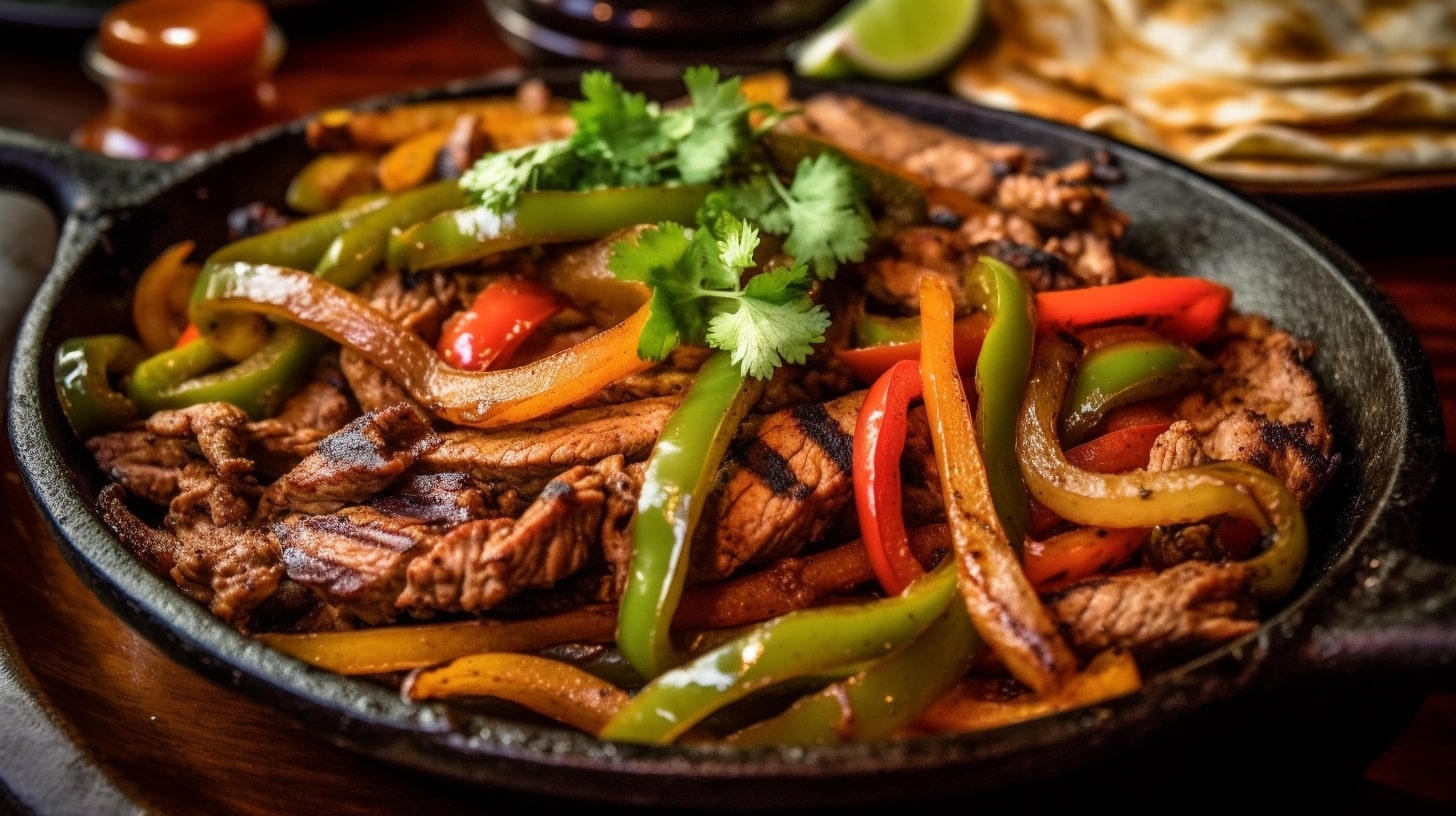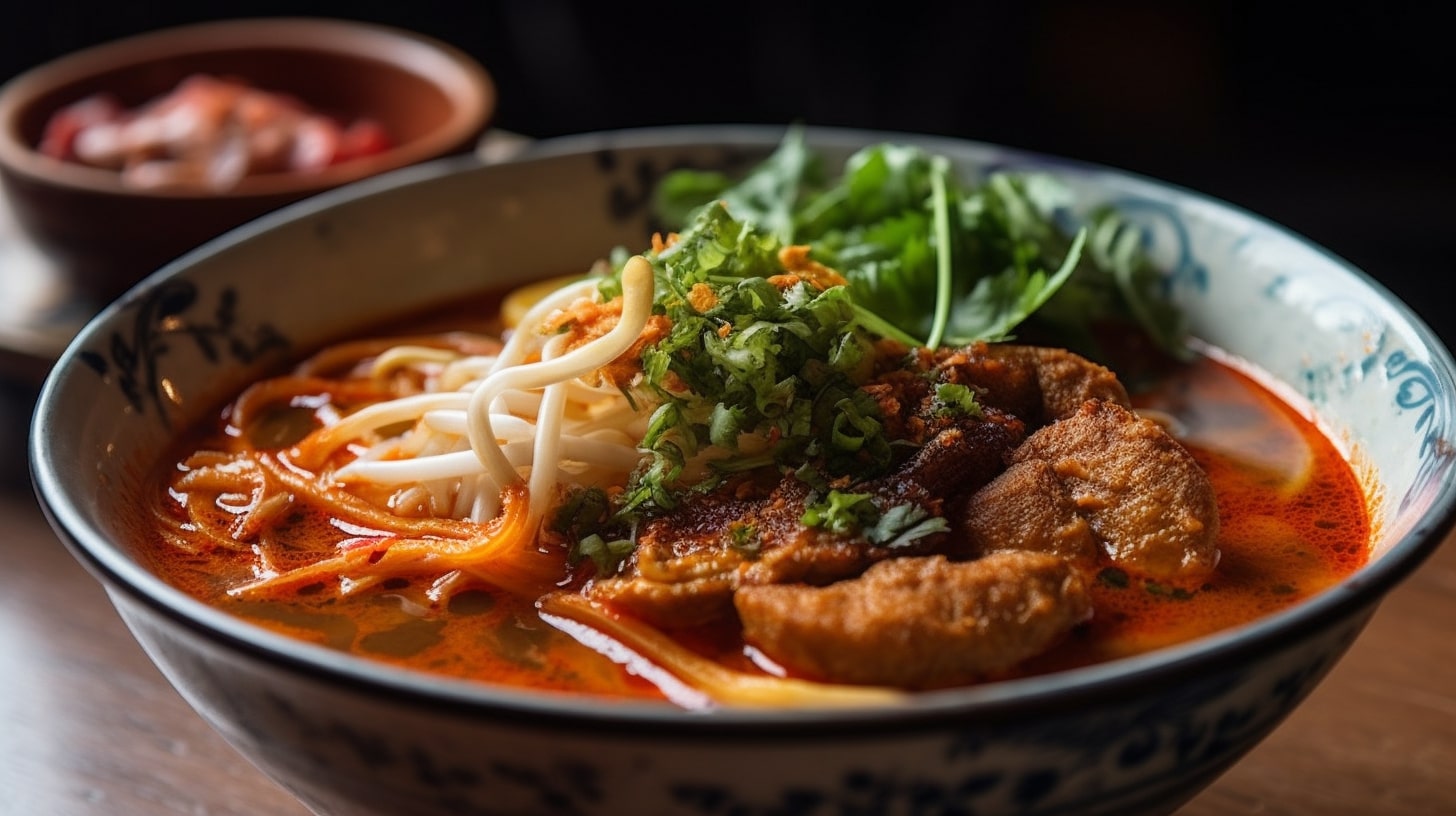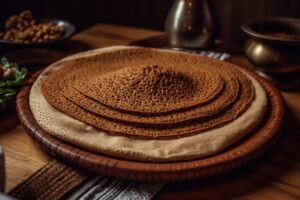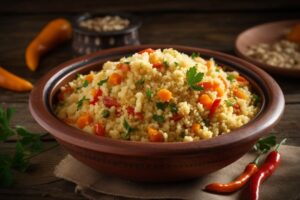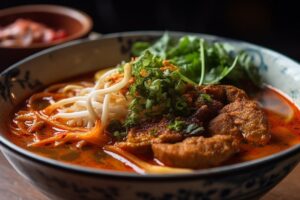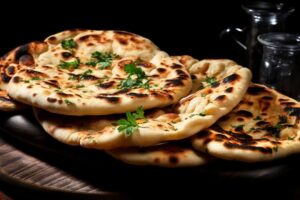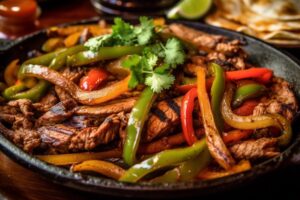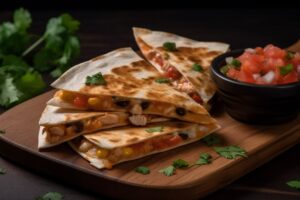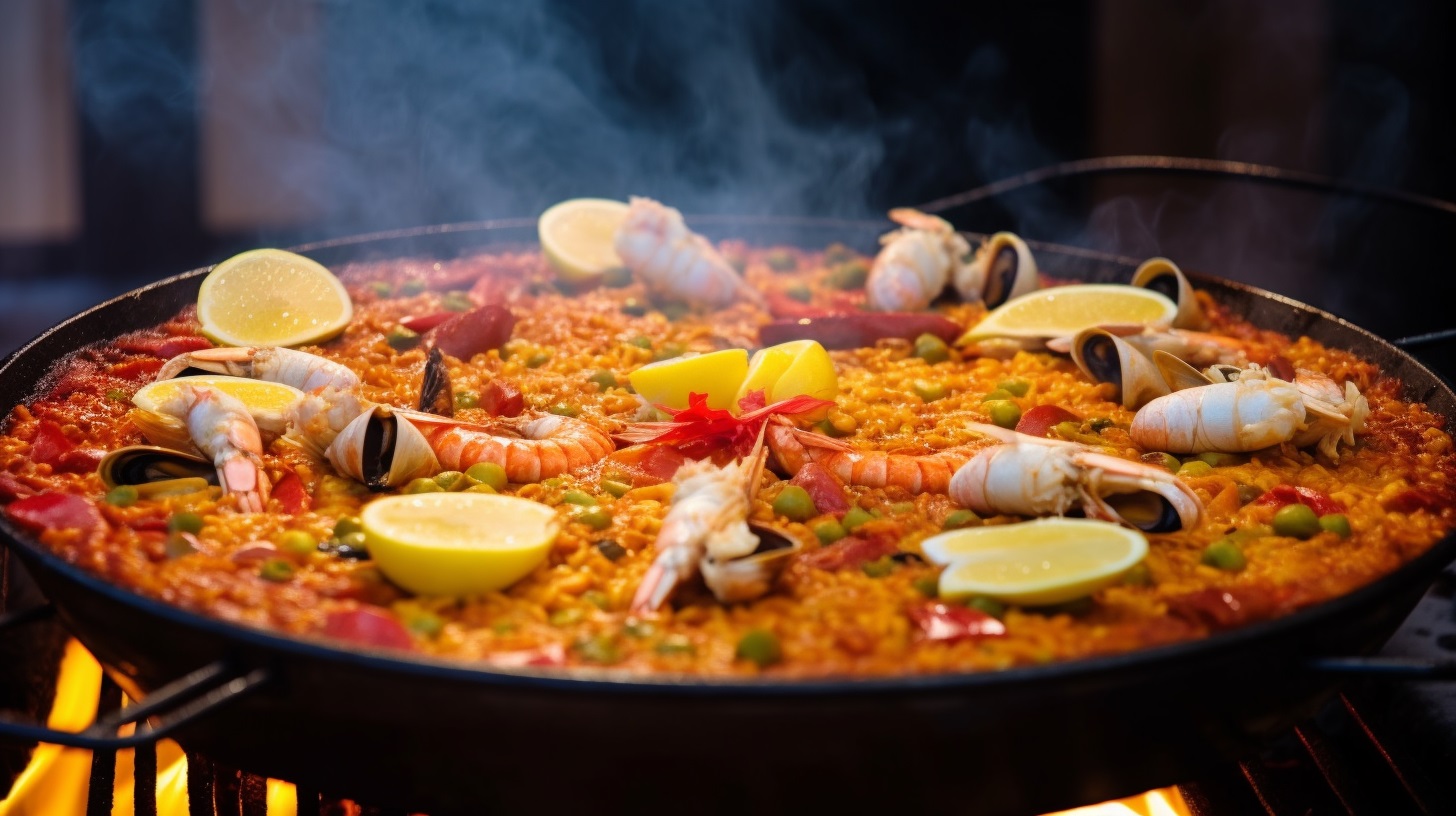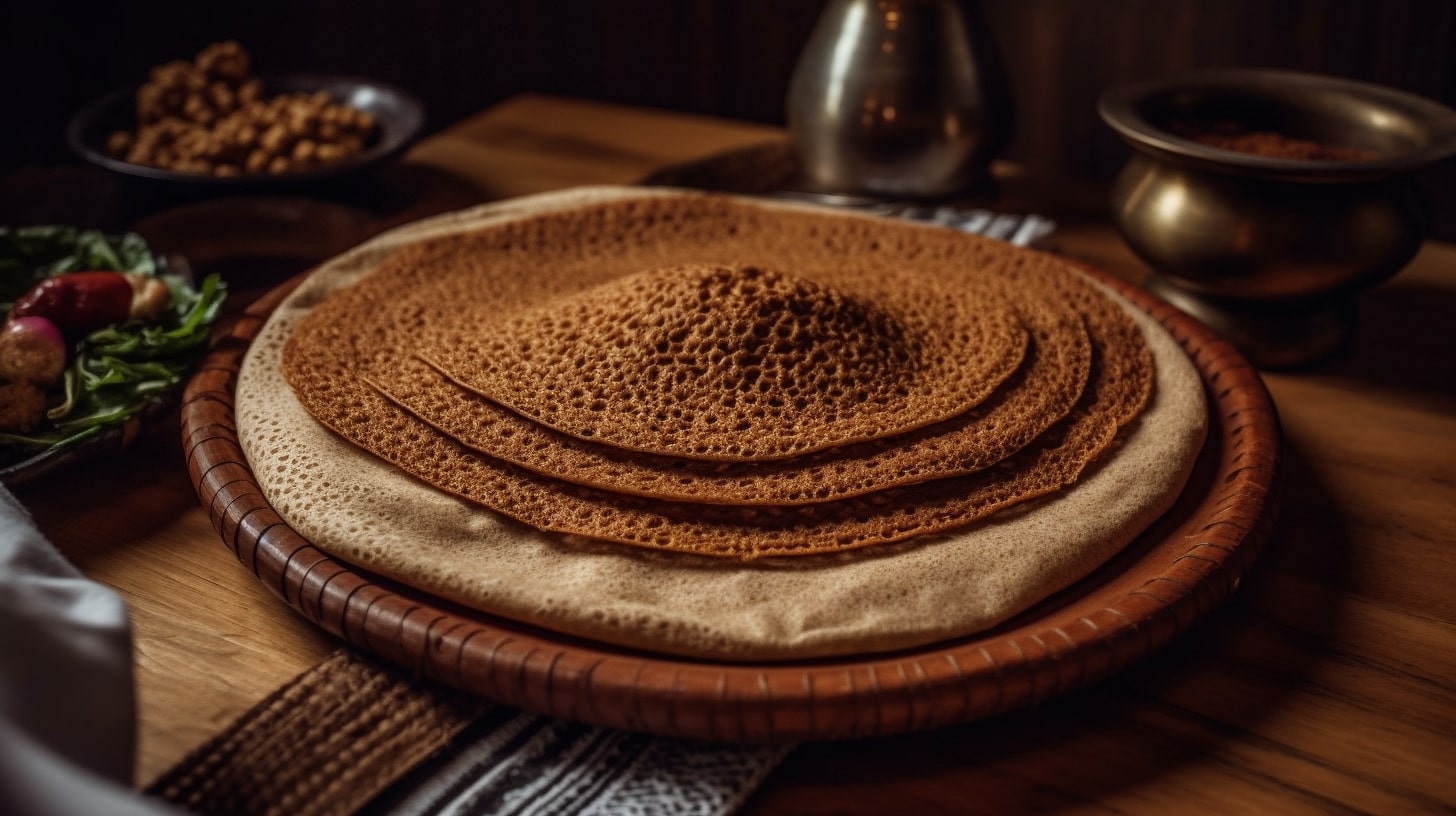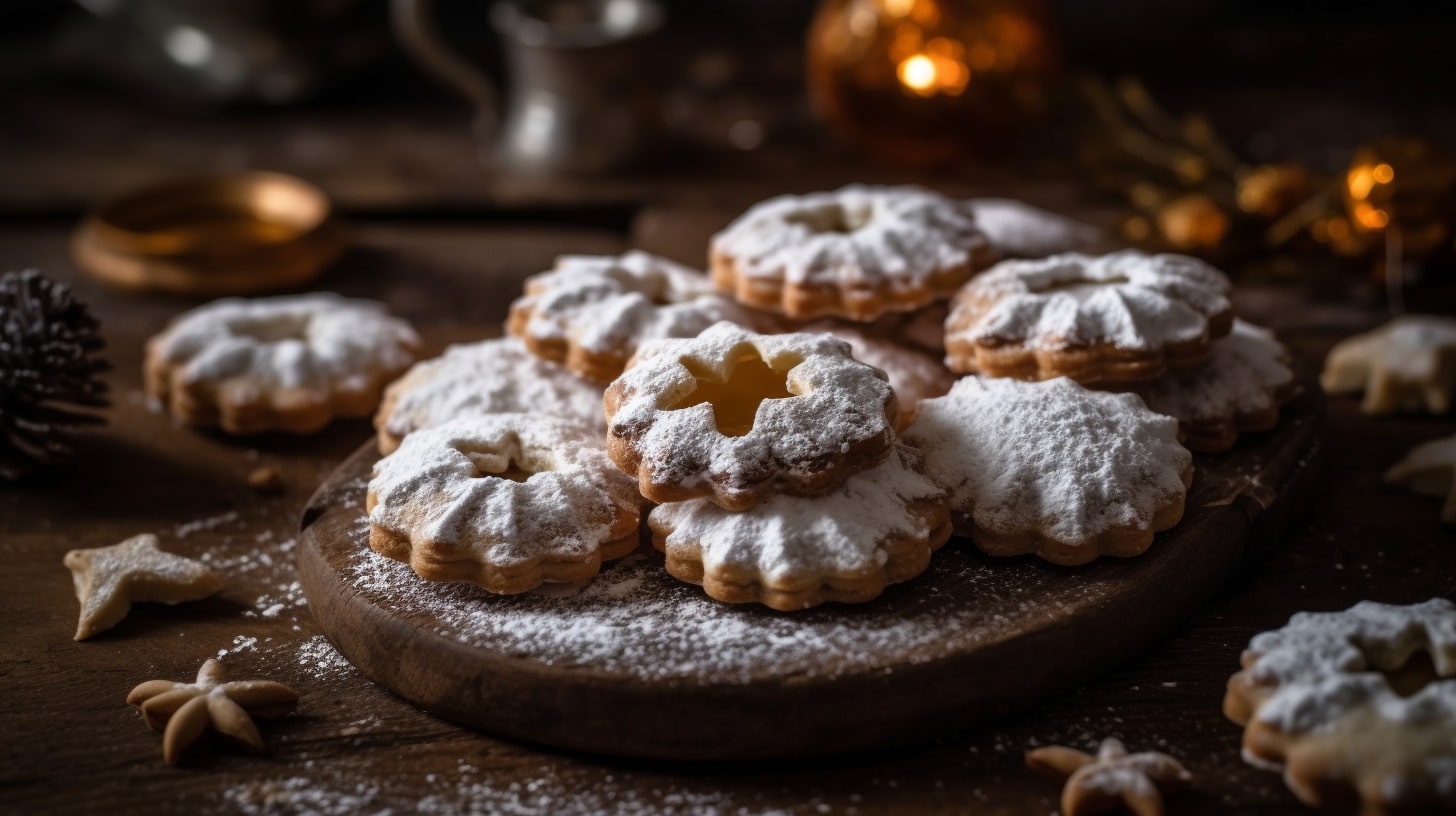Experience the vibrant flavors of paella, a traditional Spanish dish that showcases the rich culinary heritage of the country. Discover the history behind paella, explore its diverse variations, and learn about the key ingredients that make this iconic dish a true gastronomic delight. Get ready to embark on a culinary journey through the vibrant landscapes of Spain.
Introduction
If you’re a food enthusiast looking to indulge in the vibrant and diverse flavors of Spanish cuisine, paella is a dish that should be on your radar. Hailing from the sunny shores of Spain, paella is a culinary masterpiece that combines aromatic rice, succulent meats or seafood, and a medley of spices and vegetables. In this article, we’ll delve into the world of paella, uncover its origins, explore its different regional variations, and reveal the secrets to creating this delectable delight in your own kitchen.
Paella: A Fiesta of Flavors
Prepare to be transported to the lively streets of Spain as we dive into the world of paella. This iconic dish embodies the warmth, hospitality, and bold flavors that Spanish cuisine is famous for.
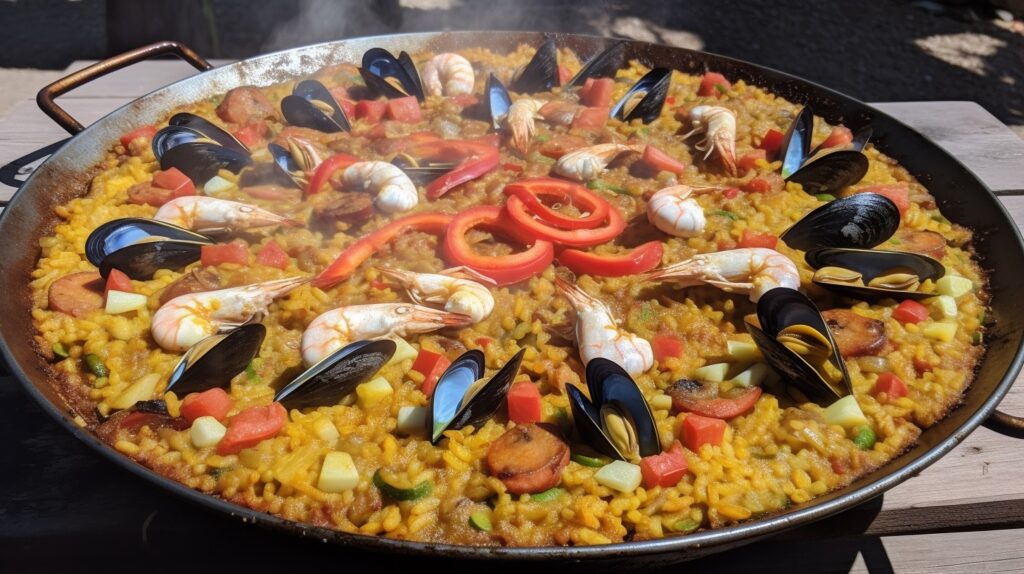
The Origins of Paella
To truly appreciate paella, it’s important to understand its historical roots. The dish originated in the Valencia region of Spain, where it was traditionally cooked over an open fire in a large, shallow pan called a “paellera.” Paella was initially a humble farmer’s meal, incorporating local ingredients such as rice, vegetables, and rabbit. Over time, it evolved into a beloved national treasure, celebrated across Spain and beyond.
Regional Variations of Paella
As paella gained popularity, different regions of Spain put their own unique spin on the dish, resulting in various regional variations. Let’s explore some of the most renowned types:
1. Valencian Paella
Valencian paella is the original and most traditional version of the dish. It features ingredients such as Bomba rice, rabbit, chicken, green beans, and snails. The rice is infused with saffron, giving it a vibrant golden color and a distinct flavor.
2. Seafood Paella
Seafood paella, also known as “Paella de Mariscos,” highlights the bounty of the sea. This variation typically includes a combination of shrimp, mussels, clams, calamari, and sometimes fish. The seafood is cooked together with rice, vegetables, and a flavorful broth, resulting in a delightful symphony of flavors.
3. Mixed Paella
Mixed paella, or “Paella Mixta,” combines the best of both worlds by featuring a combination of meats and seafood. It may include chicken, rabbit, shrimp, mussels, and other ingredients, offering a harmonious fusion of flavors and textures.
Key Ingredients That Define Paella
At the heart of every great paella lies a selection of key ingredients that bring the dish to life. Let’s explore the elements that make paella a true culinary masterpiece:
1. Rice
The choice of rice is crucial in paella, as it plays a central role in absorbing the flavors of the dish. Bomba rice, a short-grain variety, is traditionally used due to its ability to absorb liquids while retaining its shape and texture.
2. Saffron
Saffron, often referred to as the “red gold,” is an essential spice in paella. It imparts a distinctive aroma, a golden hue, and a subtle earthy flavor to the dish. A small amount of saffron goes a long way in elevating the flavors of paella.
3. Sofrito
Sofrito is a flavor base made from sautéed onions, garlic, tomatoes, and sometimes bell peppers. It serves as the foundation of the dish, providing a depth of flavor and complexity to the final paella.
4. Proteins and Vegetables
Paella offers a canvas for an array of proteins and vegetables. From chicken and rabbit to shrimp, mussels, and a variety of seasonal vegetables, the combination of ingredients adds depth, texture, and visual appeal to the dish.

FAQs About Paella
1. Can vegetarian or vegan paella be enjoyed?
Absolutely! Vegetarian and vegan variations of paella are popular and delicious. Instead of meat or seafood, these versions often feature an assortment of vegetables, such as artichokes, bell peppers, peas, and mushrooms, creating a flavorful and satisfying alternative.
2. Can paella be made on a stovetop?
While traditional paella is cooked over an open fire, it can be successfully prepared on a stovetop as well. A wide, shallow pan or skillet is recommended to ensure even cooking and proper absorption of flavors.
3. Can paella be customized to dietary restrictions or allergies?
Certainly! Paella is a versatile dish that can be customized to accommodate dietary restrictions or allergies. By substituting ingredients and using suitable broth or seasonings, you can create a paella that suits your specific needs.
4. Is paella a meal or a side dish?
Paella is typically enjoyed as a main course and often shared among family and friends. It is a hearty and satisfying meal that can stand alone, accompanied by a fresh salad or crusty bread.
5. Is paella spicy?
Paella itself is not inherently spicy. However, some variations, such as seafood paella, may incorporate mild spices or chili peppers to enhance the flavors. The level of spiciness can be adjusted according to personal preference.
6. Can I make paella at home?
Absolutely! While paella may seem daunting, it is a dish that can be successfully prepared at home. With the right ingredients, a sturdy paella pan, and a bit of patience, you can recreate the magic of paella in your own kitchen.
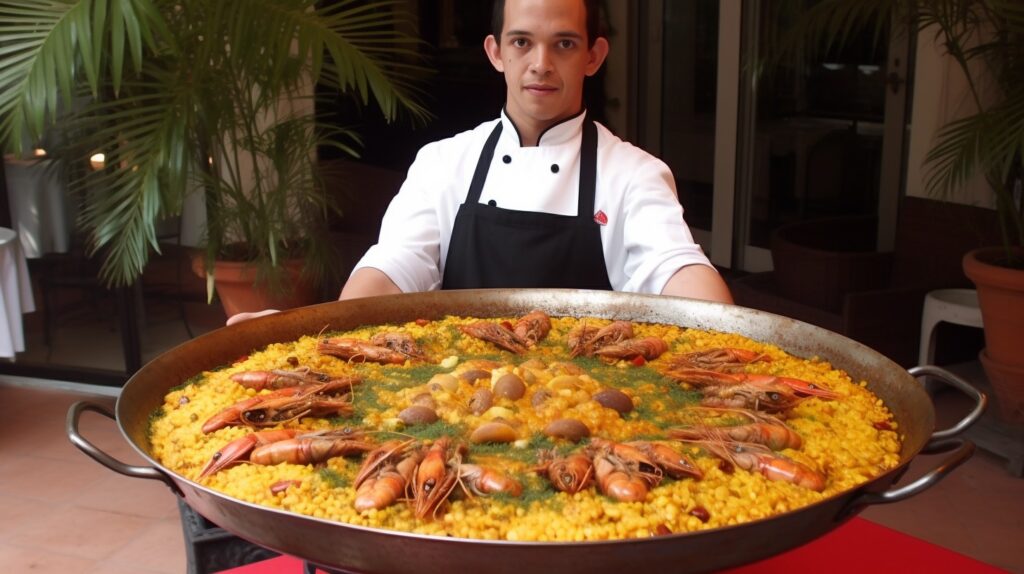
Conclusion
In conclusion, paella is a true celebration of Spanish cuisine, representing the rich culinary heritage and vibrant flavors of the country. Whether you’re savoring a traditional Valencian paella or exploring the diverse regional variations, this iconic dish promises a feast for the senses. So gather your loved ones, embrace the warmth of Spanish hospitality, and let the tantalizing aromas of paella transport you to the sun-drenched landscapes of Spain.
